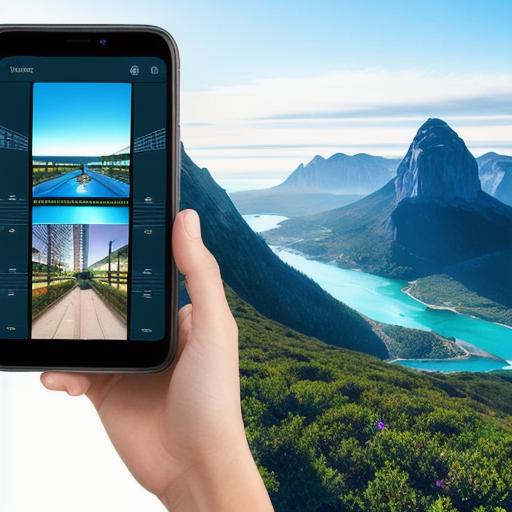How to Combine AI and AR: The Ultimate Guide for ARKit Developers

Are you an ARKit developer looking to take your augmented reality applications to the next level? Look no further than combining artificial intelligence (AI) with AR! By integrating AI into your AR apps, you can create more immersive, interactive, and intelligent experiences that will engage users on a deeper level. In this guide, we’ll explore the benefits of combining AI and AR and provide practical tips for how to do it effectively.

Benefits of Combining AI and AR
- Enhanced user experience: By using AI to analyze data and make predictions, you can create more personalized and intuitive AR experiences for your users. For example, an AI-powered AR app could suggest products or services based on a user’s previous behavior, preferences, and location.
- Improved efficiency: With AI, you can automate tasks that were previously done manually, such as object recognition, tracking, and mapping. This can save time and resources, allowing you to focus on more complex tasks and improving the overall performance of your app.
- Increased engagement: By incorporating AI into your AR app, you can create more interactive and engaging content that keeps users coming back for more. For example, an AI-powered AR game could use machine learning algorithms to adjust the difficulty level based on a user’s performance, making the game more challenging and exciting.
- Enhanced data analytics: By integrating AI into your AR app, you can collect and analyze large amounts of data in real-time, giving you insights into user behavior, preferences, and patterns. This data can be used to improve the overall user experience and inform future product development.
How to Combine AI and AR
- Choose the right AI technology: There are many different types of AI technologies available, each with its own strengths and weaknesses. For example, computer vision is great for object recognition, while natural language processing (NLP) is better for analyzing text data. Choose the technology that best fits your app’s needs.
- Collect and preprocess data: To use AI in your AR app, you’ll need to collect and preprocess data from your users. This could include information about their location, behavior, preferences, and more. You’ll also need to clean and organize this data so that it can be used by your AI algorithms.
- Integrate AI into your AR app: Once you have your data ready, you can integrate AI into your AR app using a variety of programming languages and frameworks, such as Python, TensorFlow, and Core ML. You’ll need to write code that uses your chosen AI technology to analyze the data and make predictions or decisions based on it.
- Test and refine your app: Once you have your AI-powered AR app up and running, you’ll need to test it thoroughly to ensure that it’s working as intended. You may also need to refine your app based on user feedback and usage data to improve its performance and user experience.
Real-Life Examples of AI and AR in Action
- Ikea Place: This popular AR app uses computer vision to let users see how furniture would look in their home before buying it. By integrating AI into the app, Ikea was able to create a more personalized experience that suggested products based on a user’s previous behavior and preferences.
- Pokemon Go: This wildly popular AR game uses computer vision to detect virtual creatures in the real world. By incorporating AI into the game, Pokemon Go was able to adjust the difficulty level based on a user’s performance and create more challenging and exciting battles.
- Snapchat Filters: These augmented reality filters use computer vision to apply digital effects to photos and videos. By integrating AI into the filters, Snapchat was able to create more personalized and dynamic effects that react to the user’s environment and emotions.








